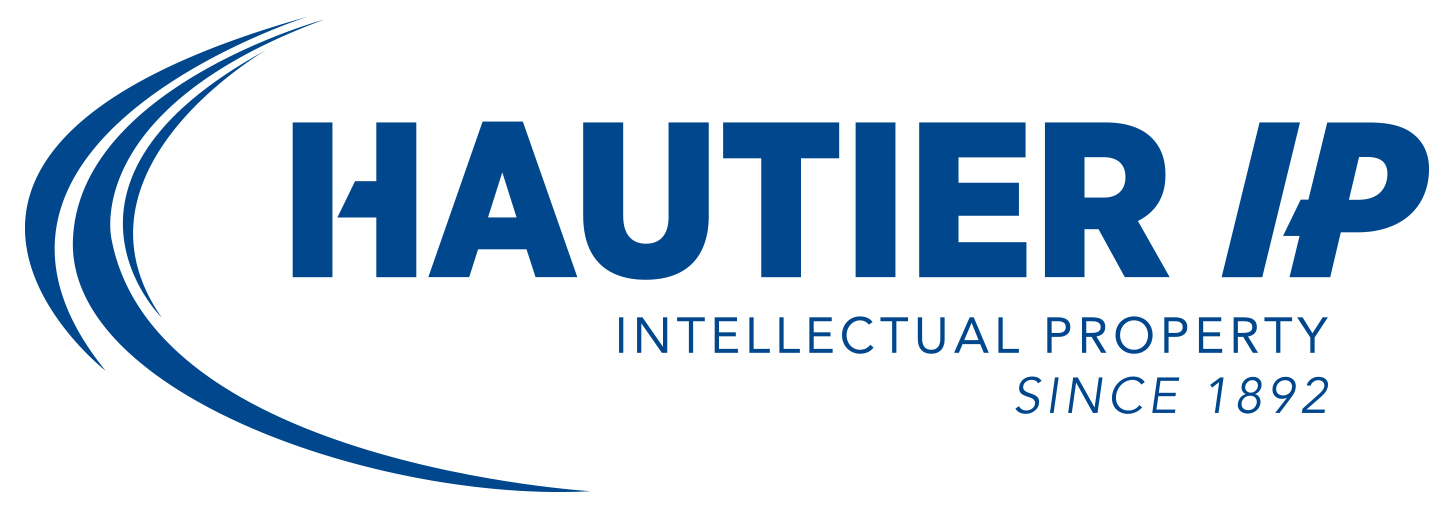
- Home
- >
- Pages
- >
- Your project
- >
- IP rights acquisition
- >
- Software
Software
Software protection
Several types of protection are available when creating a software program.
Software typically consists of object code and source code.
The source code is the code written by the programmer in a specific programming language.
This code is understandable by anyone with a knowledge of the programming language used.
The object code meanwhile is the source code compiled in a language readable by a microprocessor, in other words in binary code. This object code is almost unreadable by a human being.
Copyright protection automatically applies to the source code.
Thus, the software’s source code in itself is protected by copyright.
However, such protection is limited to the writing of the source code and does not protect the function of the source code. In other words, a programmer performing the same function, but with the source code written differently, will bypass the copyright protection given to the original source code.
If the software includes a technical function, such as an improvement in the device’s battery life, greater data security, a specific form of signal processing, etc., then patent protection can be sought.
There are special requirements when drafting a software patent, such as very specific details of the technical advantages arising from the use of the software.
Software operation may include the sale of said software, but also the granting of licences in various forms, such as open source licences.
For some situations, especially when a software licence includes a technical support service, the licensee may want to secure their access to the source code in case of failure of the software owner.
To do this, it is possible to draw up escrow agreements that put the source code and documentation needed to operate the software into the hands of a trusted third party. The third party must only give the licensee access to this information in the event of failure (software ceasing to exist, liquidation, serious economic problem, etc.) of the software owner. This kind of failure would normally prevent the owner from fulfilling their obligations to the licensee.
We see this type of agreement drawn up for use of a professional service (SAP or ERP) or provision of a cloud, as well as for specific, custom-made accounting software









